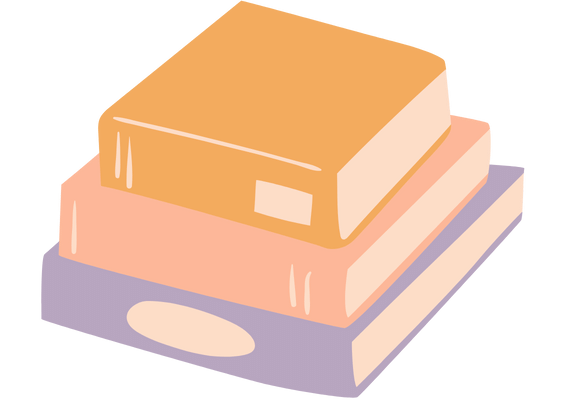Chinese Tea Ceremony: The Art Of Drinking And Serving Tea
Table of Contents
This is an introductory statement.
Teapots and Tea Cups: Preparation
Tea Preparation
Water: It’s Importance
This is an introductory paragraph.
In China, the art of serving and drinking tea is very important. Many artists are inspired by the Chinese tea ceremonies, which have been portrayed in poetry and songs. The Chinese tea ceremony has a very special place in their hearts, minds, and hearts of aristocracy. Chinese tea ceremonies are centered around the tea and not the ceremony. It’s about how tea smells and tastes. The ritual is not religious and does not require that all servers perform it the same.
Each step of the ceremony should be an exploration of sensory perception and appreciation. It is easy to learn how to perform a Chinese Tea Ceremony. To ensure the best tea, you must follow very specific steps. Teapots and Tea Cups The Chinese tea ceremony matches small cups with small, unglazed clay pots. Each cup can hold two small swallows. In Chiujao, Fujian and Shanghai, these tiny cups are popular, while large cups are used in Beijing and Shanghai. In Chinese tea ceremonies, it is important to cure the teapots. Curing your teapots and cups is a must when you first receive them.
Teapots used are typically made of red clay. To seal a teapot’s interior and its cups, place loose leaf tea in the pot first, and then fill the pot up with boiling boiled water. It can be left for three to four hours. Some tea masters say to let it sit for up to a day before curing the teapots and cups. This technique, it is claimed, seals the teapot’s interior. The tea leaves’ oils fill all the small pours in the new clap-style teapot.
In the Chinese ceremony of tea, wash bowls are needed. Pour the tea into the bowl after 5 minutes of brewing. The cups can also be placed in the liquid tea. It also seals the cups of tea with the resins. The next step, after the teapots and tea cups have been dried, is to prepare the tea ceremony.
For the tea preparation you only need to boil the water and place the tea in the teapot up to about a third. Also, be sure to place the cup and teapot on the teawashing tray. Pour hot water until the teapot is full. Continue pouring hot water onto the teapot with the lid. It is important to heat the teapot up completely. The second brewed tea should be poured into the teacups, and then the pitcher. The tea will now be infused into the teacups and the pouring pitcher. Then pour the boiling tea into the pot a third and final time.
Place the strainer over your tea pitcher. Wait until the tea has brewed. Pour hot tea into the pitcher. After brewing for three minutes, pour hot water into the pouring pitcher to ensure that it is hot and pour this into the teacups. Pour the tea evenly into each cup, never filling one at atime.
The Importance if WaterThe tea ceremony in China is incomplete without the water. It has been noted that chlorine and fluoride from tap water can harm the taste of tea. It’s said that distilling water produces flattened tea. This should be avoided. The ideal pH level for water is 7.9. Use small cups and never drink or gulp tea. To sip tea, make a hissing and slurping noise with the teeth and lips. The Chinese Tea Ceremony can take an hour or more to drink the tea and smell it. The tea master’s sign is that all rounds of tea taste exactly the exact same.
